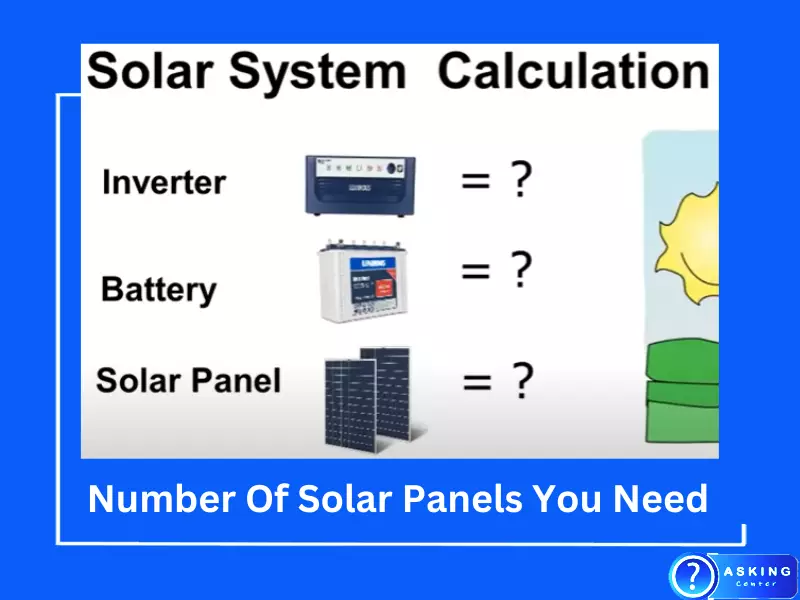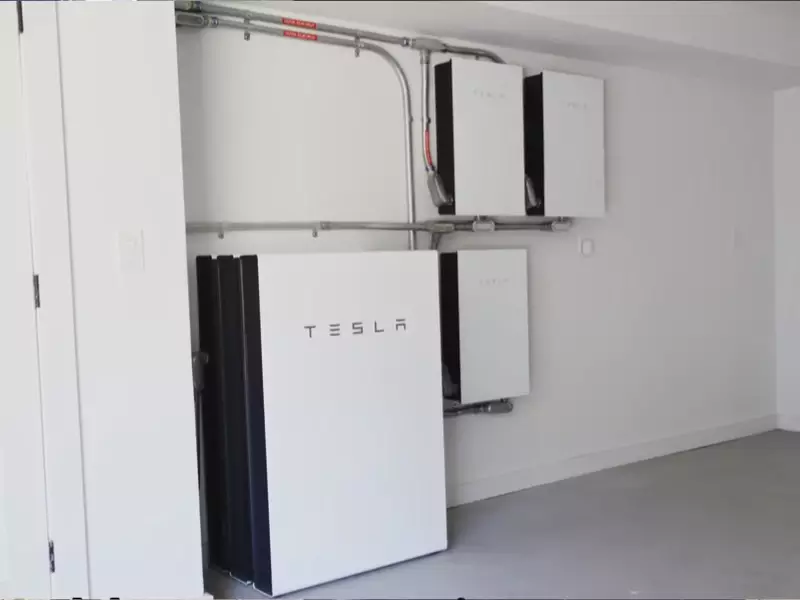Solar energy is making impressive strides as a renewable and sustainable source of power. This transformation is driven by the rapid advancements in solar panel technology and the increasing affordability of solar power systems. The allure of cutting down on energy bills and promoting a green, sustainable lifestyle is attracting homeowners across the globe.
Determining the number of solar panels you need, however, involves taking into account various factors. These include daily energy consumption, sunlight levels in your region, efficiency of the panels, and the available roof space. A comprehensive understanding of these factors ensures a highly efficient system tailor-made for your energy requirements.
With the right information and insights, anyone can make an informed decision about the size and the number of solar panels needed for their household. This guide offers the expert knowledge you need, enabling you to tap into the immense power of the sun effectively and efficiently.
Your Home’s Energy Consumption
How Much Energy Does Your Home Use Per Day?
Calculating daily power consumption is the foundation of planning a solar power system. A typical unit for energy is kilowatt-hours (kWh), and it is this figure that appears on your utility bill. For example, if an appliance with a power rating of 1kW runs for one hour, it consumes 1kWh of energy. To calculate your daily energy consumption, divide the total monthly energy usage (in kWh as stated on your bill) by the number of days in the billing month.

What To Consider When Determining Existing Power Consumption
Your home’s power consumption is influenced by several factors, such as the number of people living in your house, their energy habits, and the types and number of electrical appliances you use. A larger household with more appliances typically has higher energy consumption.
It’s also important to factor in seasonal variations in energy usage. For instance, homes in cooler climates often use more energy during the winter for heating, while homes in hotter regions use more energy in the summer for air conditioning.
To provide a benchmark, the U.S. Energy Information Administration reported that the average U.S. residential utility customer used about 877 kWh per month in 2019, translating to approximately 29 kWh per day.
Solar Panel Requirements
Number of Solar Panels Based On Sunlight
The amount of sunlight that your location receives is a crucial factor in determining how many solar panels you need. More sunlight translates to more power generation. This is typically measured in “peak sun hours,” which isn’t necessarily an hour of real time, but rather an hour of sunlight at an intensity of 1,000 watts per square meter.
To calculate the power your panels need to produce per hour of sunlight, divide your home’s daily kWh usage by the average number of peak sun hours in your area. For instance, if your home uses 30 kWh per day and your area averages 5 peak sun hours, you need panels that collectively can generate 6 kW per hour.
Solar Panel Efficiency
Calculate Solar Efficiency For your Solar Panels
Solar panel efficiency indicates how effectively a panel converts sunlight into electricity. This is a critical factor, as higher efficiency panels generate more power from the same amount of sunlight. Efficiency can be influenced by the material and technology of the panel, temperature, and the angle at which sunlight hits the panel.
Monocrystalline Or Polycrystalline?
There are two main types of solar panels: monocrystalline and polycrystalline. Monocrystalline panels, made from a single crystal structure, tend to be more efficient but also more expensive. Polycrystalline panels, made from various crystal structures, are slightly less efficient but are more affordable. Therefore, while considering efficiency, it’s essential also to take into account your budget and the space available for installing the panels.

Factoring in Roof Space in Your Solar Panel Installation
How Much Roof Space Would You Need?
The available roof space directly impacts the number of panels you can install. A standard solar panel measures about 65 inches by 39 inches, but sizes can vary. Hence, the total roof space needed will depend on the size and number of solar panels. If space is a limiting factor, opting for high-efficiency panels can help maximize power generation within the available area.
Estimating Solar Panel Quantity
Number of Solar Panels Based On Your Property Size
Your property size can affect the number of solar panels needed. Larger properties often have more roof space for solar panel installation, potentially allowing for a larger system that can generate more power.
Number of Panels Based On Weight and Supporting Roof
The weight of solar panels is another important consideration, especially for older buildings. Panels aren’t particularly heavy – most residential panels weigh about 40 pounds – but the cumulative weight of multiple panels plus mounting hardware can be significant. In certain cases, roof reinforcement may be necessary to accommodate a solar panel system.
Real World Examples: A Closer Look
Consider a home with a daily energy requirement of 30 kWh located in a region with an average of 5 peak sun hours. If the homeowner opts for monocrystalline solar panels with an efficiency of 20%, each panel can generate about 320W in peak conditions. Hence, the homeowner would need approximately 19 panels to meet their energy needs.
Analyzing Solar Panel Costs and Long-Term Savings
The cost of solar panels can initially seem daunting. However, it’s essential to remember that solar panels are a long-term investment. Over time, the savings on your electricity bills often outweigh the upfront cost.
For instance, if your current electricity bill is $150 per month, that’s $1,800 per year. Over 20 years, you could spend $36,000 on electricity (not accounting for inflation or any price increases). In many cases, the cost of a solar power system can be significantly less than this, especially when you factor in the value of the power it generates.

Financial Incentives and Solar Policies
Financial incentives can significantly reduce the cost of a solar power system. Numerous federal, state, and local incentives exist, such as the federal solar tax credit, also known as the investment tax credit (ITC), which allows you to deduct a percentage of the cost of your solar energy system from your federal taxes.
Additionally, many states offer incentives like net metering, which allows you to sell excess power back to the grid, effectively earning money or credits on your utility bill. Researching these incentives and understanding how they apply to your situation can make solar power more accessible and affordable.
Solar Panel Performance and Lifespan
Solar panels typically come with a performance warranty, often for 25 years. This doesn’t mean the panels stop working after 25 years – it just means their power output is expected to reduce slightly, typically to about 80-85% of their original output. Given this long lifespan, the return on investment for solar panels is often quite favorable.
Choosing the Right Solar Panels for Your Home
There are a multitude of solar panel brands on the market, and choosing the right one can be a daunting task. It’s important to consider not only the cost and efficiency of the panels but also the reputation of the manufacturer.
Look for manufacturers with a proven track record in the industry. Check the warranty details: a longer warranty period often indicates the manufacturer’s confidence in their product. Remember to consider after-sales service as well. You want a company that will support you long after you’ve made your purchase.
Conclusion
Installing solar panels is a significant decision that can lead to substantial savings while promoting sustainability. With a firm understanding of your power needs, sunlight levels, solar panel efficiency, and roof space, you can harness the power of the sun effectively and transform your home into a beacon of renewable energy. Embrace the power of the sun, and let it illuminate your path to a greener future.
